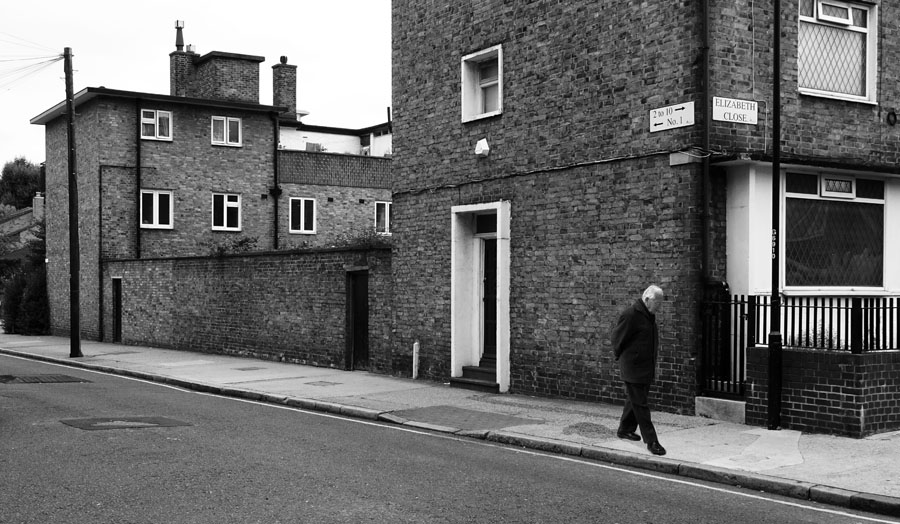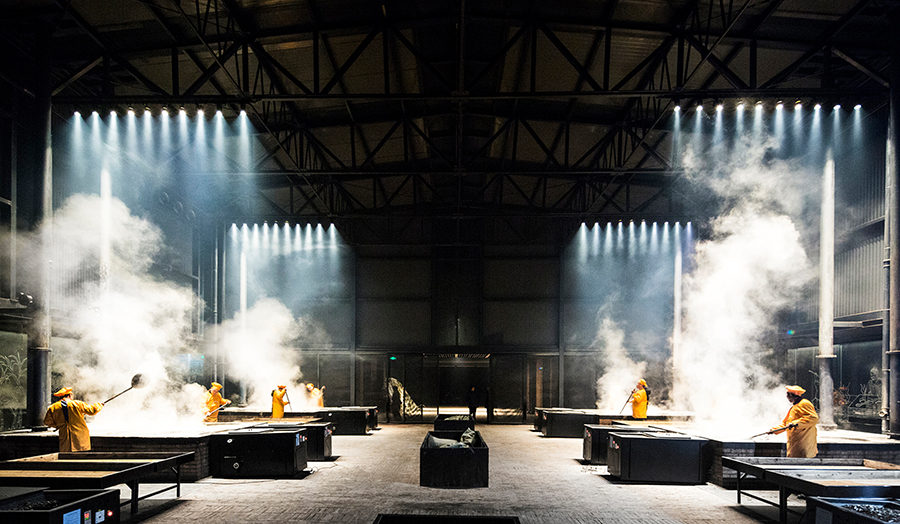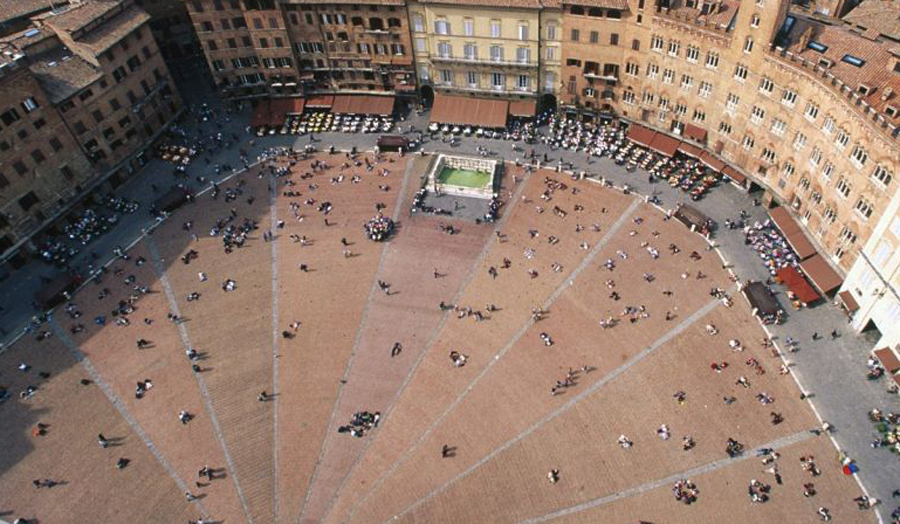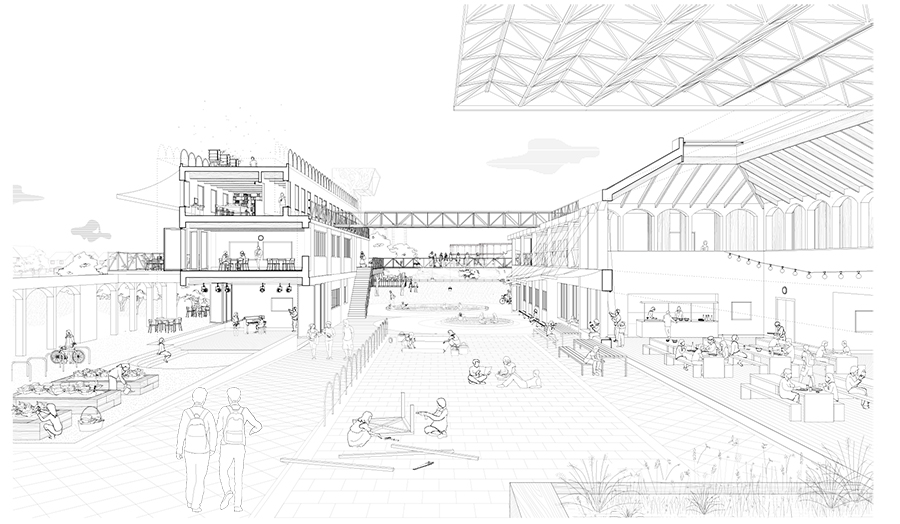Studio brief
Féile*
Architecture is a social art. Its potential lies in the capacity to foster communication between people; to make new relationships. It is the host in which the many small exchanges which bind communities together take place.
This year, Studio 6 interests lie in the representational architecture of gathering spaces. We will make proposals in London and on the western Atlantic coast of Ireland which enable people to come together to socialise, entertain and celebrate.
Architectural projects will support both the everyday - the small scale and habitual - as well as events that engage an entire community; music and theatre, harvest festivals, births and marriages. The celebratory will be an undercurrent and recurring theme in the studio throughout the year. We will look for a joyful architecture of vividness and vitality.
We will interrogate the architectural language and typological peculiarities of music halls, community centres and public houses. These could be described as minor monuments – civic buildings of local importance, distinguished from the background architecture of homes but still subservient to the grand buildings of churches or town halls. This ambiguity between modesty and civility we find interesting.
Will be consider these themes through projects based in the West of Ireland, in the town of Kinvara on Ireland’s Atlantic coast. This region is one of the most westerly points in Europe and was once the edge of the known world. It is a dramatic and beautiful landscape of gorse, limestone mountains, drystone walls and cottages buffeted by Atlantic storms. In this historically impoverished and remote region the native customs and arts have been sustained. Whilst the old industries of small scale fishing and farming remain, its economy is now largely dependent upon tourism. This industry is very much seasonal and is manifested in a number of festivals connected to local traditions during the summer months. During the winter months the population leads an altogether more quiet and isolated life, as generations before have and generations to come will. The projects that we will develop will have to actively engage with these temporal aspects of seasons and weather. What might the character of the building be when it is dormant?
Bandstand
We will begin the year with a design project for a bandstand on sites in London. A simple structure with the power to act as a symbol of the event, a mark to gather around as well as the enclosure to enable the act. It is festive in spirit. It is able to communicate the event long after it is finished.
Study trip
After the initial project we will travel to the west coast of Ireland via Dublin, where we will examine how the remote rural communities gather through tradition as well as place. We will study these traditions and cultures and the indigenous and historic architecture that facilitate this. We will also have the opportunity to meet and see the work of contemporary Irish architects working within this culture.
Final project
The final project will take up the remainder of the year. It will be to develop a building for people to gather, the programme and function of which will be informed by the research and experiences gathered first hand during our trip. Like previous years design work will be arranged in suites of short, non-linear exercises with definitive outputs.
*Féile f (genitive singular féile, nominative plural féilte) is an Irish word which may mean 1. (Christianity) feast, feast day, 2. festival, 3. hospitality.
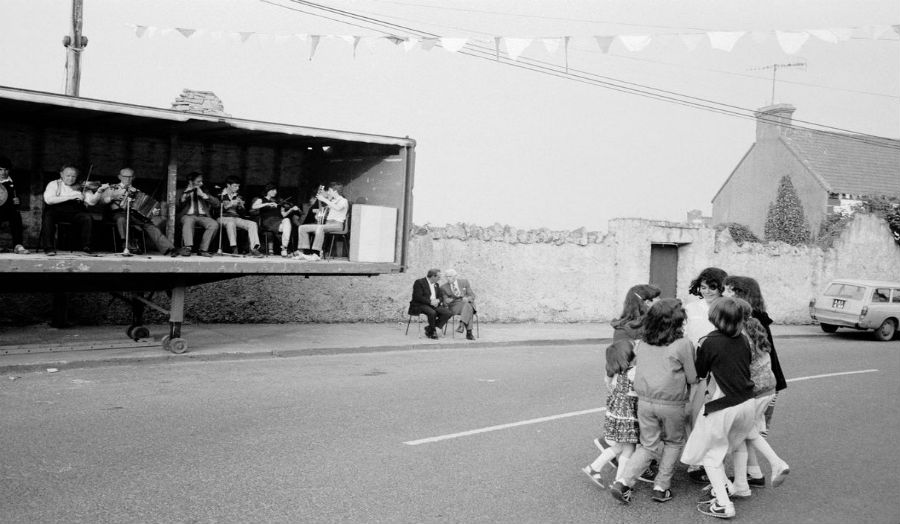
Details
| Course | Architecture BA (Hons) |
|---|---|
| Tutor | Andrew Jackson David Leech Martin Nässén |
| Where | Central House, 3rd Floor Studios |
| When | Tuesday and Friday |

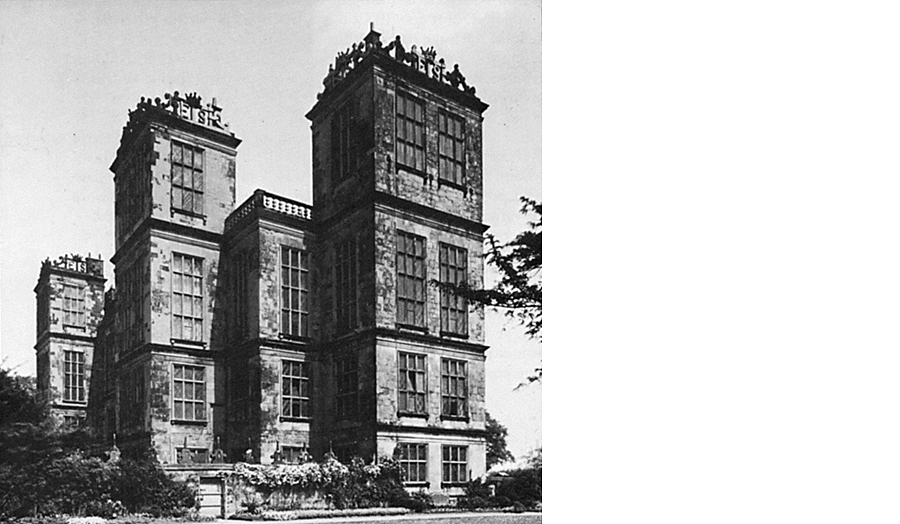
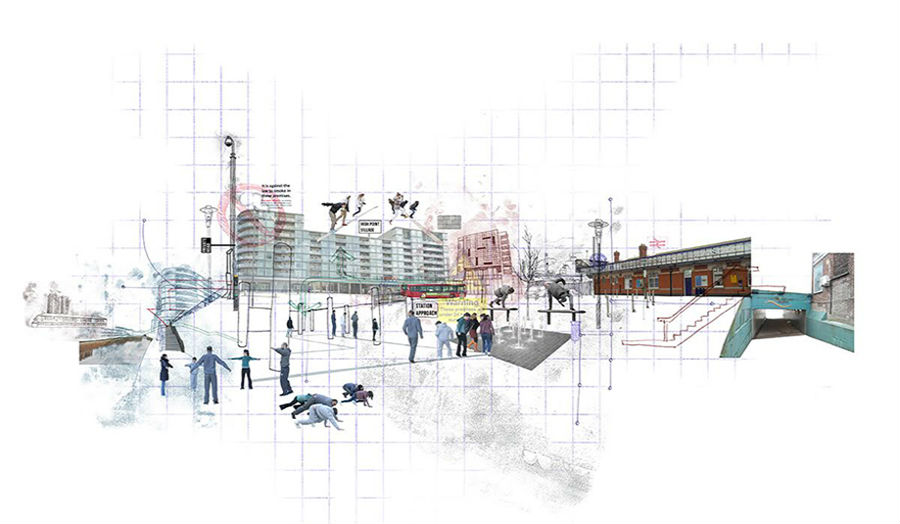
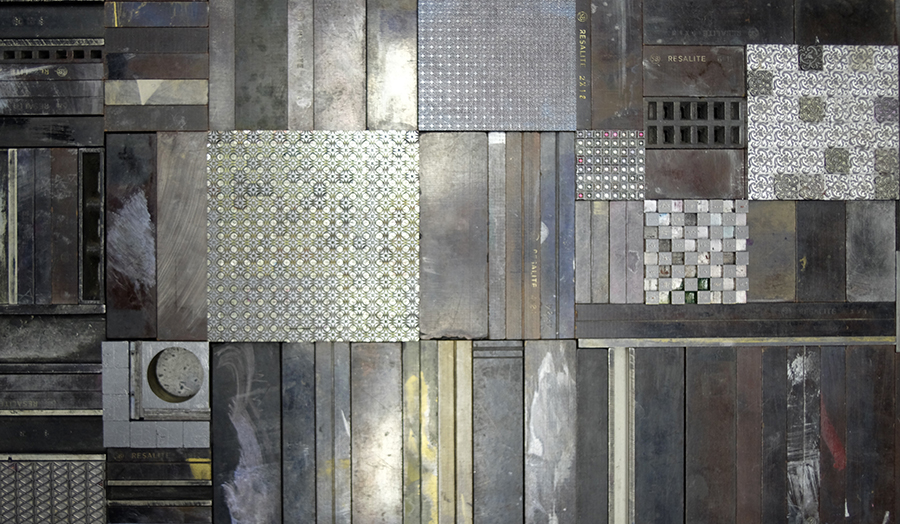
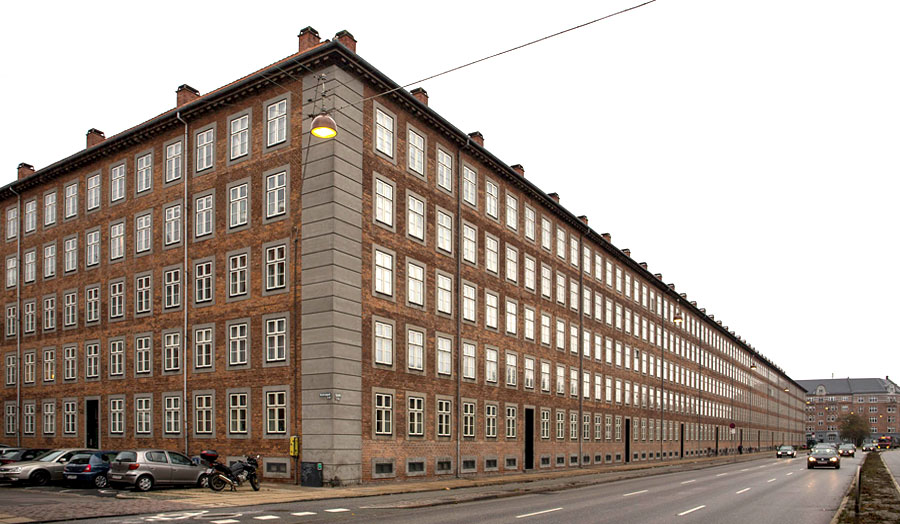
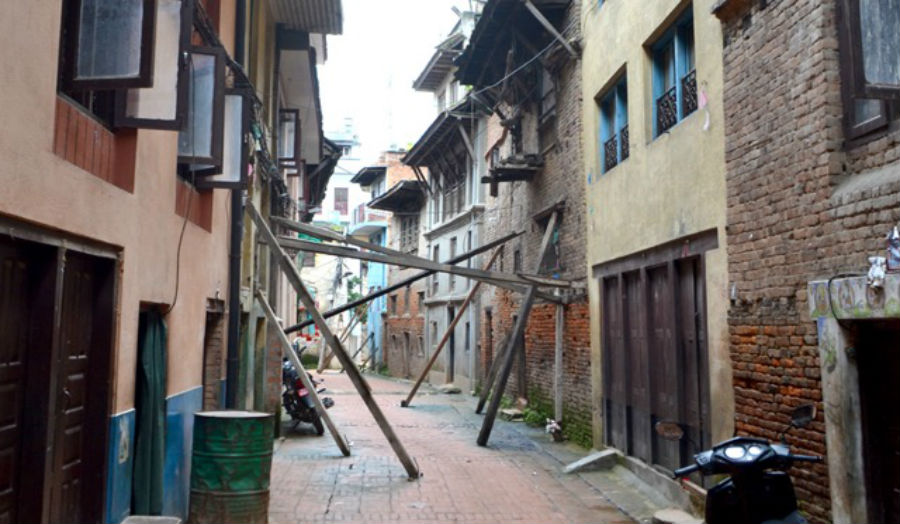
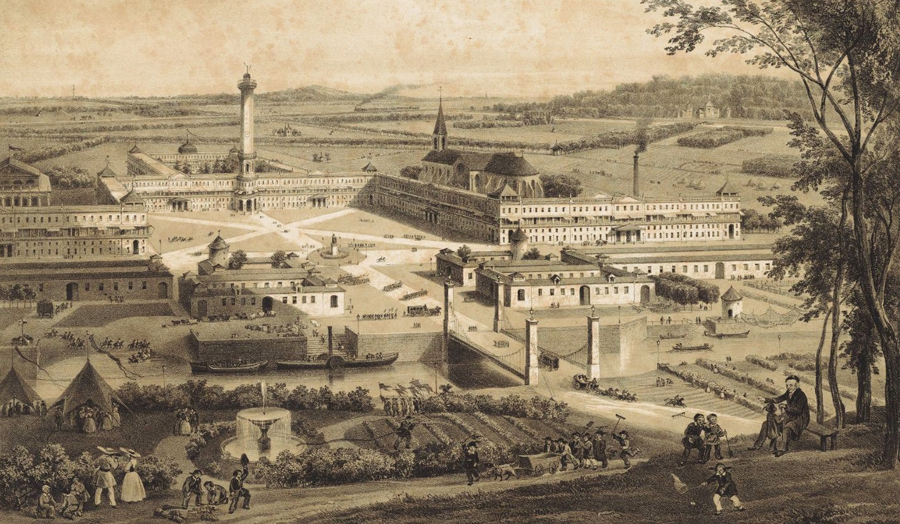
-(1).jpg)
